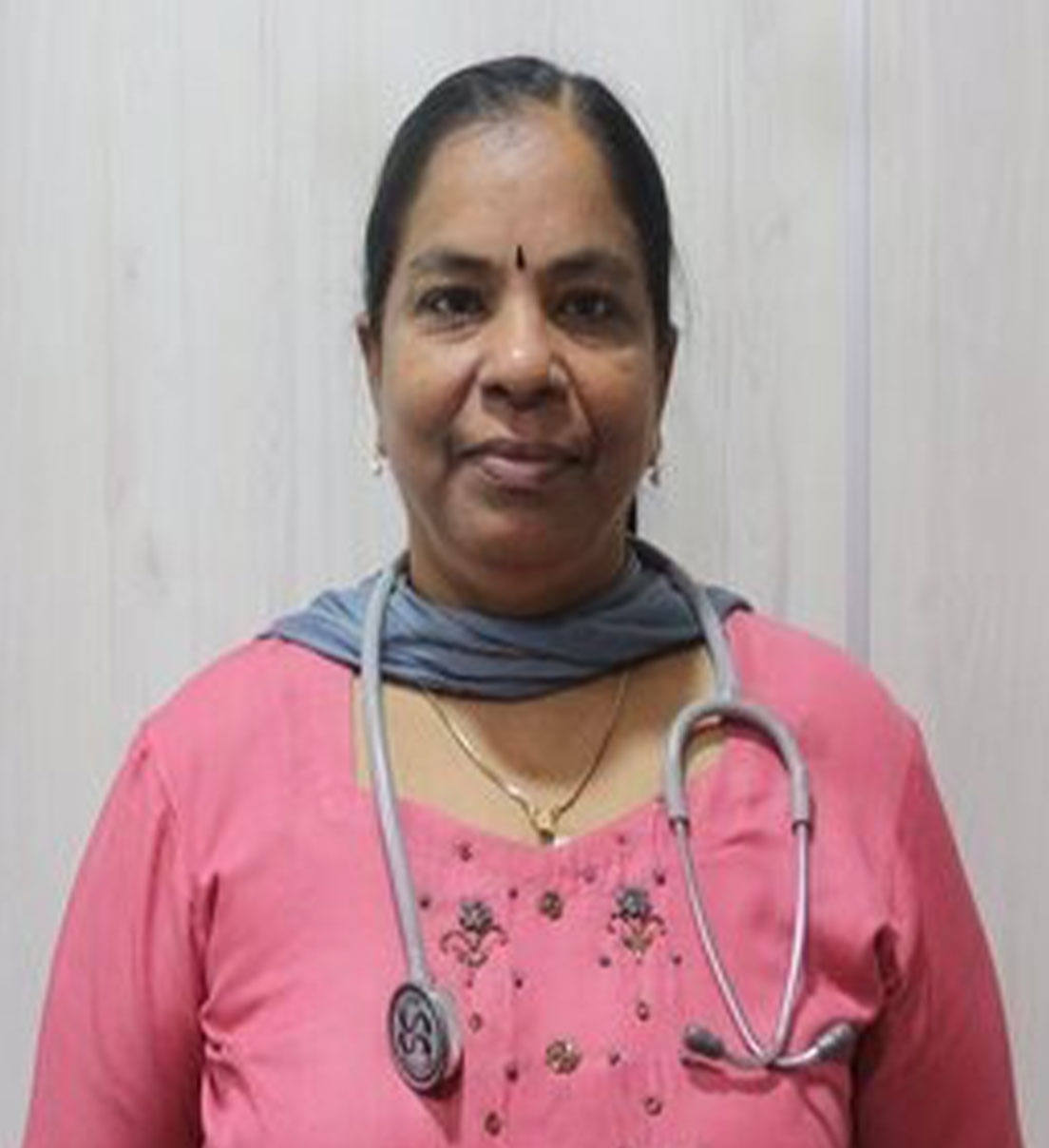Pulmonology
Our Pulmonology Department is dedicated to providing exceptional respiratory care, from the diagnosis and management of lung conditions to comprehensive pulmonary rehabilitation. Our team of experienced pulmonologists is committed to promoting lung health, ensuring accurate diagnoses, and delivering personalized treatment plans.
 We understand the impact respiratory conditions can have on daily life.
We understand the impact respiratory conditions can have on daily life.
Our pulmonologists work closely with each patient, fostering open communication and creating a supportive environment where individuals can actively participate in their respiratory health.
Pulmonology symptoms refer to signs and indicators of respiratory or lung-related issues. If you are experiencing any of the following symptoms, it’s essential to consult with a pulmonologist or a healthcare professional for a thorough evaluation. Here are common pulmonology symptoms:
- Shortness of Breath:
- Difficulty breathing or a sensation of breathlessness, which may occur during physical activity or at rest.
- Chronic Cough:
- Persistent cough that lasts for more than eight weeks, often associated with conditions such as chronic bronchitis or interstitial lung disease.
- Wheezing:
- High-pitched whistling sounds produced during breathing, often indicative of narrowed airways, as seen in asthma or chronic obstructive pulmonary disease (COPD).
- Chest Pain or Discomfort:
- Pain or discomfort in the chest area, which may be related to lung inflammation, pleurisy, or other respiratory conditions.
- Chronic Mucus Production:
- Persistent production of phlegm or mucus, especially when associated with a cough, which may be a sign of chronic bronchitis or other respiratory infections.
- Fatigue:
- Persistent tiredness or lack of energy, which can be linked to decreased oxygen levels in the blood.
- Cyanosis:
- Bluish tint to the lips, fingertips, or skin, indicating insufficient oxygen in the blood.
- Frequent Respiratory Infections:
- Recurrent infections such as bronchitis or pneumonia, which may be indicative of an underlying respiratory condition.
- Unexplained Weight Loss:
- Significant weight loss that cannot be attributed to diet or lifestyle changes, which may be associated with certain pulmonary diseases.
- Chest Tightness:
- A sensation of pressure or tightness in the chest, often seen in conditions like asthma or COPD.
- Difficulty Swallowing:
- Difficulty in swallowing, which may be a symptom of aspiration pneumonia or other respiratory issues.
- Clubbing of Fingers or Toes:
- Enlargement of the fingertips or toes, often associated with chronic lung conditions such as interstitial lung disease or cystic fibrosis.
- Noisy Breathing:
- Unusual sounds during breathing, such as rattling or gurgling, which may be indicative of airway obstruction or fluid accumulation.
- Snoring or Sleep Disturbances:
- Chronic snoring, pauses in breathing during sleep, or difficulty maintaining a regular sleep pattern, suggesting potential sleep-related breathing disorders like sleep apnea.
- Exercise Intolerance:
- Inability to tolerate physical exertion or exercise due to shortness of breath or fatigue.
The diagnosis in pulmonology involves a comprehensive evaluation of a patient’s symptoms, medical history, physical examination, and the use of various diagnostic tests to identify and understand respiratory conditions. Pulmonologists utilize a range of methods to make accurate diagnoses and develop tailored treatment plans. Here are common diagnostic approaches in pulmonology:
- Patient History:
- A detailed discussion with the patient to gather information about respiratory symptoms, their onset, duration, and any relevant medical history, lifestyle factors, or environmental exposures.
- Physical Examination:
- A thorough examination of the respiratory system, including inspection of the chest, assessment of breath sounds, and evaluation of the patient’s overall respiratory function.
- Pulmonary Function Tests (PFTs):
- Objective tests that measure lung function, including spirometry, which assesses lung volumes and airflow. PFTs help identify conditions such as asthma, chronic obstructive pulmonary disease (COPD), and restrictive lung diseases.
- Imaging Studies:
- Utilization of imaging techniques to visualize the structure of the respiratory system. Common imaging studies include:
- Chest X-ray: Provides a two-dimensional image of the chest to assess for lung abnormalities, infections, or tumors.
- CT Scan (Computed Tomography): Provides detailed cross-sectional images of the chest, helpful for detecting lung nodules, interstitial lung disease, and assessing the extent of lung conditions.
- MRI (Magnetic Resonance Imaging): May be used for specific cases, such as evaluating chest masses or certain vascular conditions.
- Utilization of imaging techniques to visualize the structure of the respiratory system. Common imaging studies include:
- Bronchoscopy:
- A procedure involving the insertion of a flexible tube (bronchoscope) through the nose or mouth into the airways, allowing visualization of the lungs and collection of samples for biopsy or culture. Helpful for diagnosing conditions like lung cancer, infections, or interstitial lung disease.
- Sputum Analysis:
- Examination of sputum (mucus coughed up from the lungs) to identify infections, assess inflammatory markers, or detect abnormal cells.
- Blood Tests:
- Laboratory tests to assess general health, identify inflammatory markers, measure oxygen and carbon dioxide levels, and screen for specific antibodies or markers associated with certain respiratory conditions.
- Arterial Blood Gas (ABG) Analysis:
- Measurement of oxygen and carbon dioxide levels in the blood, providing information about respiratory function and acid-base balance.
- Sleep Studies:
- Polysomnography or home sleep studies to assess sleep-related breathing disorders, such as sleep apnea.
- Allergy Testing:
- Skin tests or blood tests to identify specific allergens that may contribute to respiratory symptoms, such as asthma or allergic rhinitis.
- Exercise Testing:
- Evaluation of respiratory function during exercise to assess exercise-induced bronchoconstriction or other exercise-related respiratory issues.
- Lung Biopsy:
- In certain cases, a biopsy may be performed to obtain a tissue sample for laboratory analysis, aiding in the diagnosis of conditions like interstitial lung disease or lung cancer.

